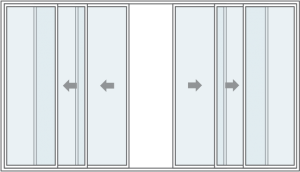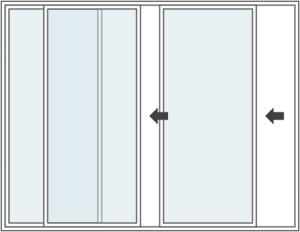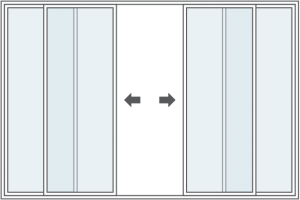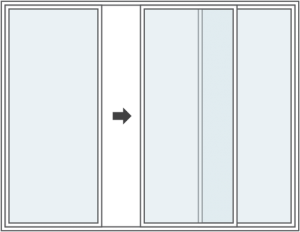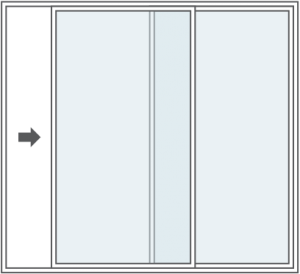How the energy rating system works
Windows and doors have a crucial impact on the energy efficiency of a building. When design is not advanced or well thought out, they allow unnecessary transference of heat between the internal and external environments. When selecting windows and doors for energy efficiency, positioning is vital and clever shading will ensure the structure is comfortable and commercially viable. Home resale value, comfort and amenity are improved by the use of high-performance windows.
Window Energy Rating Scheme (WERS)
In Australia, WERS enables windows to be rated and labelled for their annual energy impact on a whole house. To participate in WERS, window makers must obtain energy ratings for their products from a rating organisation accredited by the Australian Fenestration Rating Council (AFRC).
WERS is independent of any particular manufacturer and acts as a fair, rigorous and credible system for testing performance claims, managed by the Australian Window Association (AWA).
WERS-rated windows must meet all relevant Australian standards. Under the scheme, a pair of star ratings is applied to a window to provide the consumer with a simple scale with which to compare windows. One star rating is for heating performance and the other for cooling performance. The star ratings are on a 10-star scale much like the extended 10-star system announced by the Federal Government for electrical appliances. House energy ratings are also on a 10-star scale, using the software tools AccuRate, FirstRate 5 or BERS pro.
The WERS stars are based on the Annual Energy Performance (AEP) of the window but unlike appliances, there isn’t a simple annual energy figure for that window on its own. The factors contributing to window rating stars are more complex.
A calculator of the AEP was developed by Dr Peter Lyons several years ago, in the UNSW Faculty of the Built Environment. The technical basis of WERS takes into account the impact of various characteristics of the window on the annual energy use of typical house for heating and cooling. With the predicted energy use and compared to a benchmark house, a star rating can be calculated. All star ratings are a means of ranking a product against its peers, so it’s important to remember they are a relative measure, not an absolute one.

